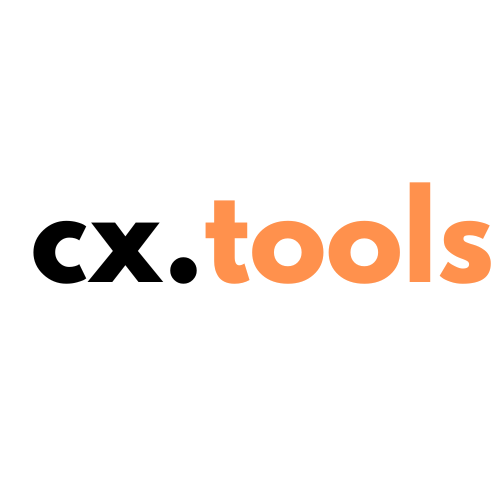
Cross-functional collaboration is crucial for enhancing customer experience (CX) and ensuring that all customer touchpoints are optimized. In today’s competitive marketplace, businesses must adopt a holistic approach to understand and meet the needs of their customers. Cross-functional teams break down silos, foster innovation, and lead to more effective solutions.
Cross-functional collaboration involves bringing together individuals from different departments such as marketing, sales, customer service, product development, and IT to work towards common CX goals. This approach leverages the diverse expertise and perspectives of team members, resulting in a more cohesive and comprehensive strategy for customer experience enhancement.
Cross-functional collaboration can significantly improve the quality of customer interactions across all touchpoints. By integrating insights from various departments, organizations can create a seamless customer journey, addressing pain points and enhancing satisfaction. This collaborative effort ensures that the customer experience is consistently positive and aligned with the brand’s values and promises.
1. **Improved Customer Insights:** When departments work together, they can pool their data and resources to gain a deeper understanding of customer behaviors and preferences. This comprehensive insight allows for more personalized and effective customer engagement strategies.
2. **Enhanced Innovation:** Collaboration across functions encourages creative problem-solving and idea generation. Different perspectives lead to innovative solutions that can differentiate a brand in the market.
3. **Higher Efficiency:** Cross-functional teams streamline processes by eliminating redundant efforts and enhancing communication. This efficiency translates to faster response times and more agile customer service.
4. **Consistency in Customer Experience:** By aligning goals and strategies across departments, businesses can ensure a consistent and cohesive customer experience. This consistency is essential for building trust and loyalty among customers.
To successfully implement cross-functional collaboration, organizations should follow these strategic steps:
1. **Establish Clear Objectives:** Define the goals of the cross-functional team and ensure they align with the overall business objectives and customer-centric strategies.
2. **Select Diverse Team Members:** Choose individuals from various departments who bring unique skills and perspectives. This diversity is key to addressing different aspects of the customer experience.
3. **Encourage Open Communication:** Foster a culture of open communication where ideas and feedback are freely shared. This openness is crucial for identifying and addressing CX challenges.
4. **Utilize Collaborative Tools:** Implement digital tools and platforms that facilitate collaboration and information sharing among team members. Tools such as project management software, communication apps, and data analytics platforms are essential.
5. **Monitor and Adjust Strategies:** Regularly review the performance of cross-functional teams and the impact on customer experience. Be prepared to adjust strategies based on feedback and changing customer needs.
**Resistance to Change:** Some team members may be resistant to new collaborative approaches. To overcome this, highlight the benefits of cross-functional teamwork and provide training to ease the transition.
**Communication Barriers:** Miscommunication can hinder collaboration. Establish clear communication channels and ensure that all team members are on the same page regarding goals and expectations.
**Resource Allocation:** Balancing resources and time across departments can be challenging. Prioritize tasks and allocate resources based on the impact on customer experience.
Adopting best practices can enhance the effectiveness of cross-functional collaboration:
1. **Regular Meetings:** Schedule regular meetings to align on progress, share updates, and discuss challenges and solutions. These meetings help maintain momentum and ensure transparency.
2. **Leadership Support:** Gain support from top management to reinforce the importance of cross-functional collaboration. Leadership backing can motivate teams and allocate necessary resources.
3. **Celebrate Success:** Recognize and celebrate the achievements of cross-functional teams. Celebrating milestones boosts morale and highlights the value of collaboration in achieving CX goals.
Cross-functional collaboration enhances customer experience by pooling insights and expertise from various departments, resulting in more comprehensive and effective strategies. This approach ensures that every customer touchpoint is optimized, leading to increased satisfaction and loyalty.
Tools such as project management software (e.g., Trello, Asana), communication apps (e.g., Slack, Microsoft Teams), and data analytics platforms (e.g., Google Analytics, Tableau) are essential for effective cross-functional collaboration. These tools facilitate communication, project tracking, and data sharing among team members.
